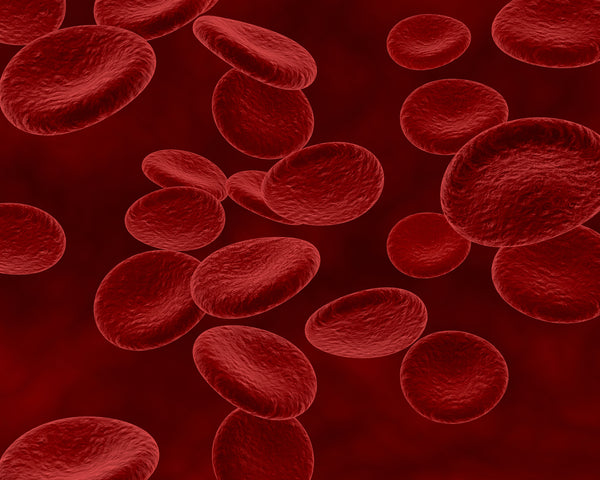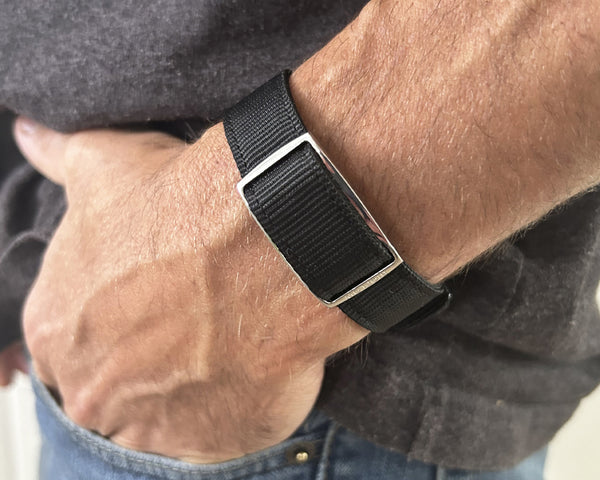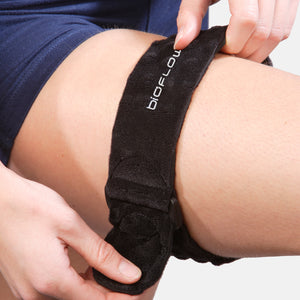Today, magnetic therapy is a widely used form of alternative medicine with over 250 million people worldwide experiencing the purported effects.
From the earliest recorded history of medicine, physicians and scientists were fascinated with magnetic substances and the way in which they affected the body.
The term ‘magnetic therapy’ refers to the use of static magnets placed directly on the body, generally over regions of pain. A static magnet is an ordinary permanent magnet, as opposed to an electromagnetic coil. Static magnets are often encapsulated in specially designed products such as jewellery, collars, belts, wraps or pads.

How does Magnetic Therapy work?
Magnetic therapy is designed to have an effect on the blood flow. The body’s cells have electromagnetic properties which means they can be energised by a magnetic field. Magnets can encourage blood flow and increase cellular activity in the body. In short, when a powerful magnet is placed against the body, cellular activity is increased and this in turn can increase the rate at which cells regenerate and repair.

What is Magnetic Therapy used for?
Magnetic therapy has been reported to help with a number of health conditions for both humans and animals. In humans, these include arthritis, sports injuries, muscle pain, soft tissue injury, migraine, sleep issues and menstrual pain. In animals, pet owners report success in general ageing issues, such as arthritis and other joint problems.
It is important to highlight, however, that magnetic therapy is not guaranteed to alleviate any of the above conditions. There is no substitute for sound medical advice and we always recommend consulting a doctor or medical professional if you are concerned about a health issue.

What reports are there on the effects of magnetic therapy?
There are a large number of scientific, clinical trials that support the use and effectiveness of magnets and magnetic therapy. Do they all support the use of magnets as a definitive therapy? No, they don’t. But each of these listed below agree that, with varying degrees of effectiveness, the use of static magnets in the treatment of certain conditions does have a beneficial effect for the subject(s).
Magnetic collars improve owner-reported pain scores in dogs with osteoarthritis
Response of pain to static magnetic fields in post-polio patient
A critical review of randomised controlled trials of static magnets for pain relief
Use of magnet therapy to heal abdominal wound: a case study
Whether the effect is a placebo or if it is real, there is significant anecdotal evidence to demonstrate that magnetic therapy is beneficial. In instances where an effect is not proven, it is identified that the use of such magnets on the skin surface has not been found to be detrimental to the health of the user.

Why Bioflow Magnetic Therapy?
We work with one of the world’s leading suppliers of magnets and have done so for over 25 years. The strength of this relationship gives us the ideal opportunity to be at the forefront of technological developments, sharing ideas and experience. This ensures that our products are at the leading edge of our chosen market space.
We use highest quality “sintered” neodymium iron boron (NdFeB) magnets which are manufactured to our own exacting standards. These rare-earth magnets are produced exclusively for us after a 14-stage manufacturing process. In short, these aren’t just any old magnets!


